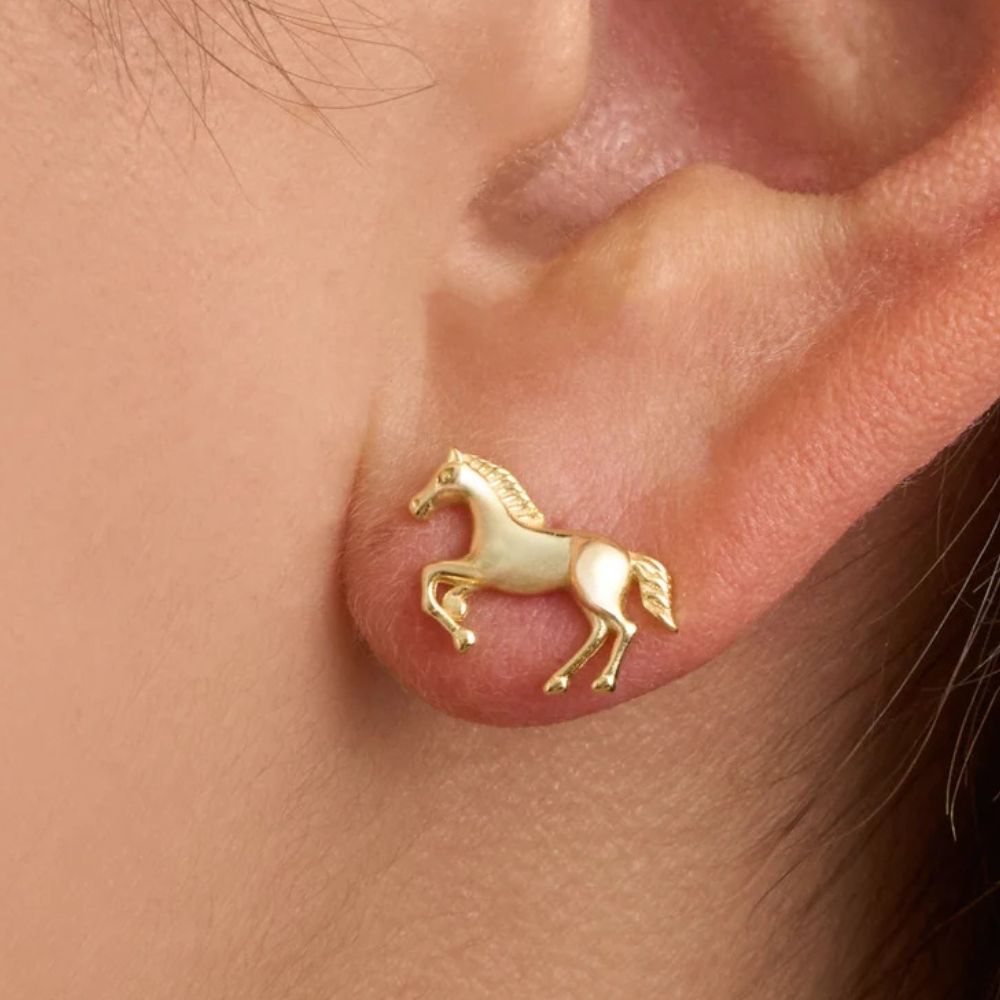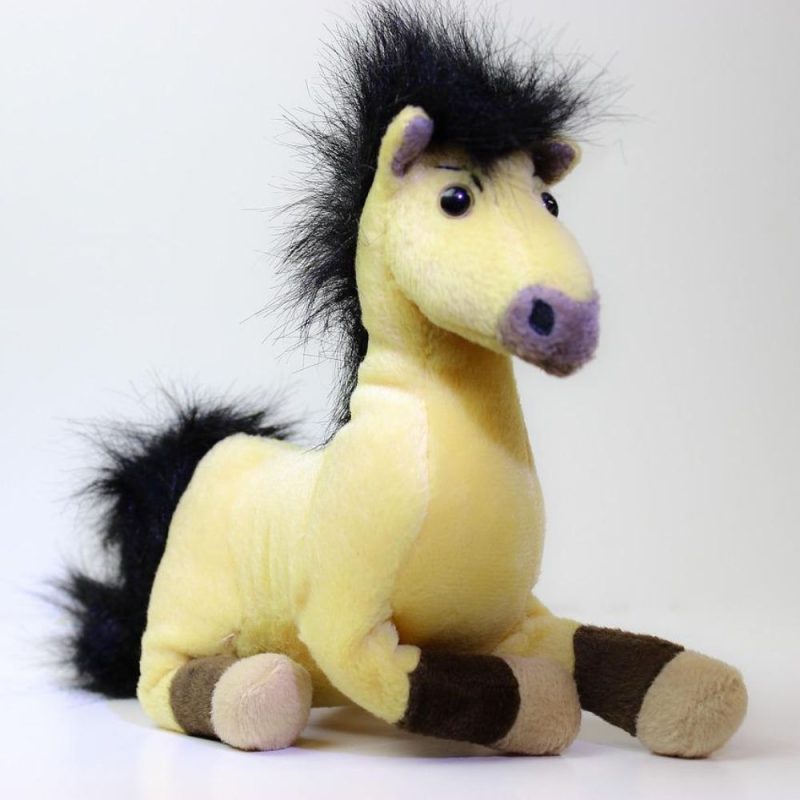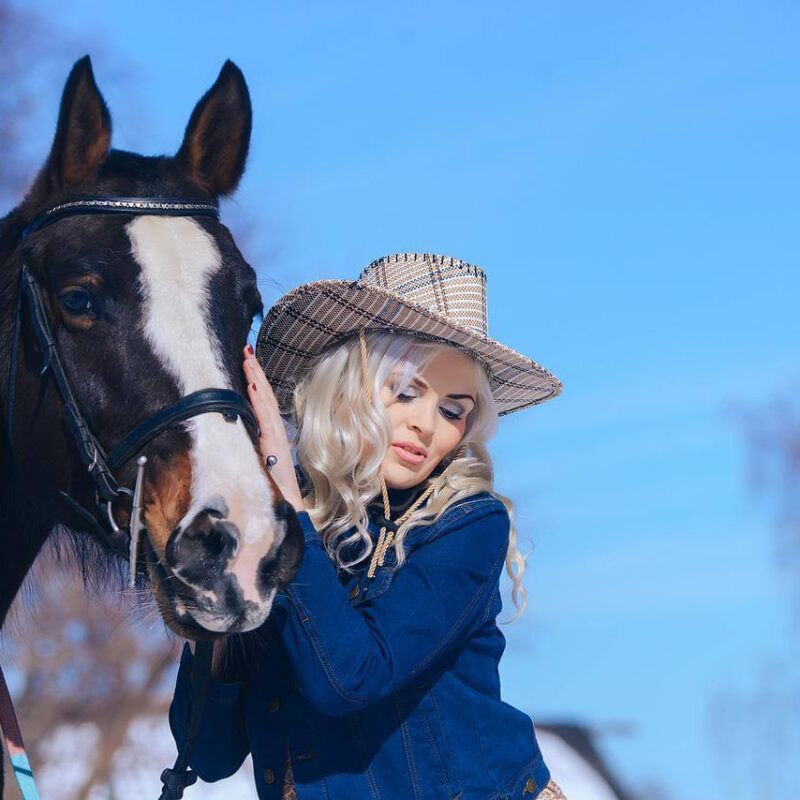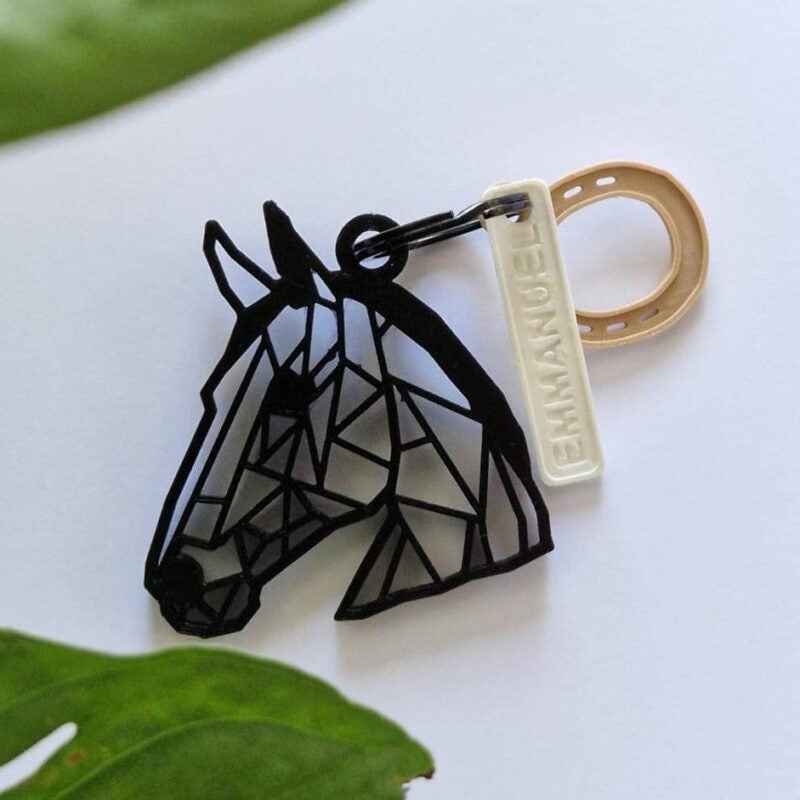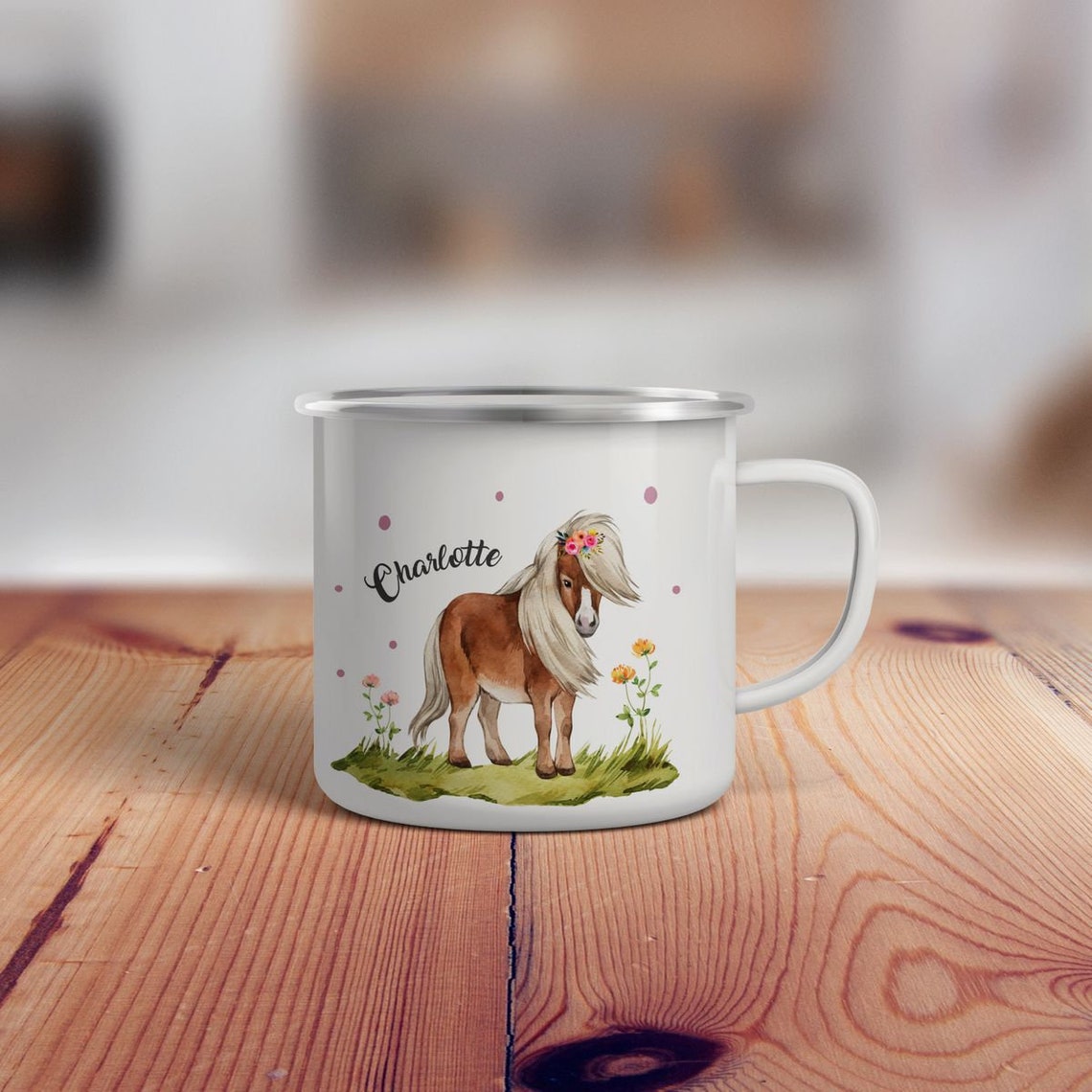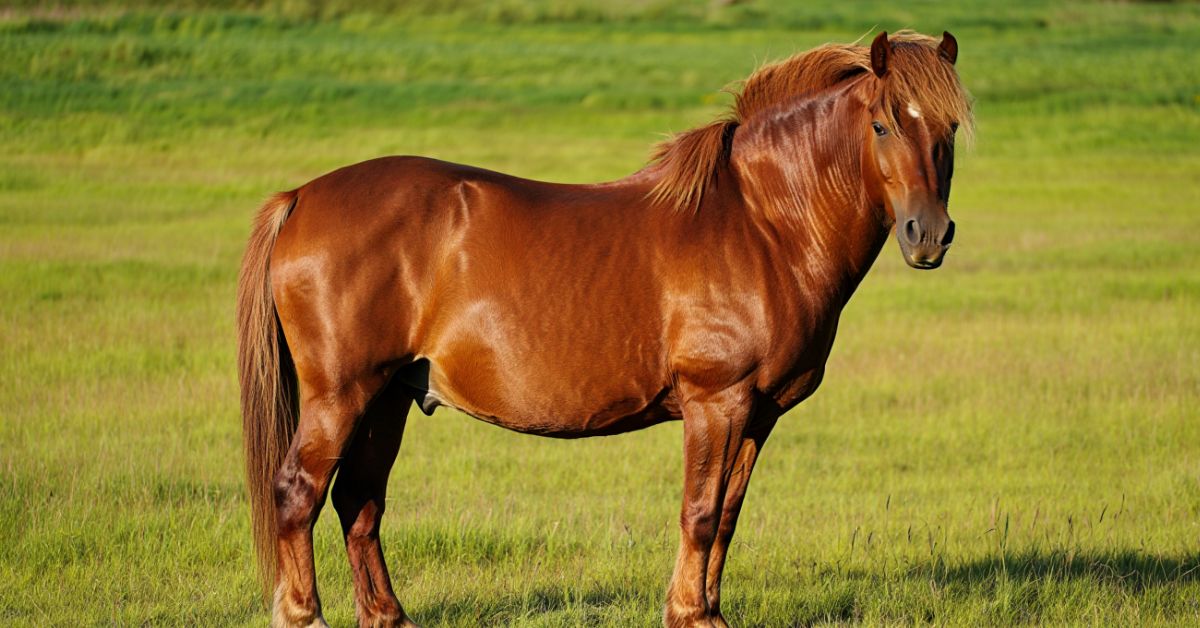
What Is The Average Weight of a Horse: Complete Breed Guide 2025
Ever wondered about the average horse weight and how it varies across different breeds? Whether you're a seasoned equestrian or someone who simply adores these magnificent creatures, understanding horse weight by breed is fascinating and practical knowledge. The average horse weight ranges dramatically from a petite 200-pound Shetland pony to a massive 2,000-pound Clydesdale, making each breed unique in its own spectacular way! 🐎
This incredible variation isn't just numbers on a scale – it reflects centuries of selective breeding, different purposes, and the amazing diversity within the equine world. From the elegant Arabian horse weight averaging around 900 pounds to the powerful draft horse weight that can exceed a ton, each breed tells a story through its size. Understanding these differences helps us appreciate why your favorite equestrian jewelry piece might feature a delicate thoroughbred silhouette or a sturdy draft horse design, perfectly capturing the essence of these beloved animals.
Chapter 1: Understanding the Basics of Horse Weight 📊
What Determines the Average Horse Weight?
The average horse weight isn't a one-size-fits-all number, and that's what makes horses so incredibly diverse! Several key factors affecting horse weight come into play, creating the beautiful spectrum we see across breeds today.
Genetics and horse weight form the foundation of size differences. Just as humans inherit height and build from their parents, horses receive genetic blueprints that largely determine their adult size. A Shire horse foal is genetically programmed to become a gentle giant, while a Welsh pony will maintain its compact, sturdy frame throughout life.
Age and horse weight also play crucial roles in a horse's development. Foals typically weigh between 8-12% of their mother's weight at birth, then experience rapid growth spurts. A foal weight of 100 pounds might seem tiny, but watch that little one grow! Most horses reach their full ideal horse weight between 4-6 years old, though some larger breeds continue developing until age 7 or 8.
The relationship between horse height and weight follows interesting patterns. Generally, for every inch of height, you can expect approximately 120-150 additional pounds of weight, though this varies significantly by breed type and build.
Modern Weight Categories
Today's horse breed comparisons typically fall into several weight categories:
Light horse weight ranges from 800-1,200 pounds and includes most riding breeds like Thoroughbreds, Arabians, and Quarter Horses. These athletic builds reflect their historical roles in riding, racing, and light work.
Warmblood horse weight typically falls between 1,200-1,400 pounds, representing the perfect middle ground between hot-blooded racing breeds and cold-blooded draft types. European warmbloods excel in modern sport disciplines partly due to this optimal size balance.
Draft horse weight commands respect at 1,400-2,200+ pounds! These gentle giants were bred for heavy farm work and pulling massive loads, requiring substantial muscle mass and bone density.
Don't forget our smaller friends! Pony weight usually ranges from 200-900 pounds, while miniature horse weight stays under 350 pounds, proving that good things definitely come in small packages! 🦄
➤ Also Read: What is Ringbone on a Horse: Complete Guide to Symptoms, Treatment & Prevention
Chapter 2: Popular Breed Weight Ranges 🏇
Racing and Sport Horse Breeds
Thoroughbred weight typically ranges from 900-1,200 pounds, with racing Thoroughbreds on the lighter end and sport horses carrying more muscle mass. These magnificent athletes represent the perfect balance of speed, agility, and power. A famous quote from legendary trainer Bob Baffert captures this perfectly: "A great racehorse combines the heart of a lion with the grace of a dancer."
The Quarter Horse weight averages 950-1,200 pounds, making them incredibly versatile performers. Their compact, muscular build earned them the nickname "America's Horse," and their weight distribution contributes to their famous explosive speed in short distances.
Arabian horse weight generally falls between 800-1,000 pounds, reflecting their desert heritage where efficiency and endurance mattered more than size. These elegant horses prove that power doesn't always correlate with pounds – Arabians can carry riders for incredible distances while maintaining their distinctive floating trot.
The Gentle Giants
When discussing large horse breeds, we enter the realm of true majesty! Clydesdale weight ranges from 1,800-2,200 pounds, with some exceptional individuals exceeding even these impressive numbers. These Scottish beauties became famous worldwide through Budweiser commercials, showcasing their gentle temperament despite their imposing size.
Draft horse weight varies by specific breed:
-
Shire horses: 1,800-2,400 pounds (often cited as the world's largest breed)
-
Belgian Draft: 1,800-2,200 pounds
-
Percheron: 1,900-2,100 pounds
These numbers represent more than statistics – they reflect centuries of careful breeding for strength, stamina, and the ability to perform heavy agricultural work that built civilizations.
Small But Mighty
Small horse breeds pack incredible personality into compact packages! Shetland ponies typically weigh 400-450 pounds, while Welsh ponies range from 500-600 pounds. These hardy breeds developed in harsh climates, creating tough, resilient animals that excel in driving, children's riding, and therapeutic programs.
Miniature horse weight stays under 350 pounds by definition, with most ranging from 150-300 pounds. Despite their size, these tiny equines display all the majesty and spirit of their larger cousins, making them perfect companions and therapy animals.
Chapter 3: Practical Weight Assessment and Health Monitoring 📏
How to Weigh a Horse: Methods and Tools
Determining your horse's exact weight might seem challenging without a livestock scale, but several practical methods exist for horse owners and enthusiasts.
The most accurate method uses a professional livestock scale, typically found at veterinary clinics or larger farms. However, most horse owners rely on estimation techniques that provide surprisingly accurate results when used correctly.
Weight Tape Method
A weight tape for horses offers the simplest home assessment tool. These specially calibrated tapes wrap around the horse's heart girth (just behind the front legs) and provide weight estimates based on circumference measurements. While not 100% accurate, quality weight tapes typically provide estimates within 5-10% of actual weight.
Mathematical Estimation
The weight estimation formula uses body measurements to calculate approximate weight:
Standard Formula: (Heart Girth² × Body Length) ÷ 300 = Weight in pounds
For example: A horse with a 72-inch heart girth and 65-inch body length would calculate as: (72² × 65) ÷ 300 = (5,184 × 65) ÷ 300 = 1,123 pounds
This horse weight calculator approach works well for most breeds, though draft horses and ponies may require breed-specific adjustments.
Body Condition Scoring and Ideal Weight
Understanding horse body condition score (BCS) helps determine whether your horse maintains a healthy horse weight range. The standard 1-9 scale evaluates fat coverage over key body areas:
BCS 1-3: Underweight horse showing visible ribs, prominent spine, and minimal fat coverage BCS 4-6: Ideal horse weight with ribs easily felt but not visible, smooth neck and shoulders BCS 7-9: Overweight horse displaying cresty neck, fat deposits, and difficult-to-feel ribs
Most riding horses perform best at BCS 5-6, while broodmares might carry slightly more condition during breeding season.
Modern Weight Monitoring Technology
Recent innovations have revolutionized equine body weight monitoring. Smart scales designed for farms, automated weight tapes with digital displays, and even smartphone apps using photo analysis help owners track their horses' condition more accurately than ever before.
Regular weight monitoring becomes especially important during seasonal changes, when weight gain in horses occurs naturally in fall preparation for winter, while weight loss in horses might indicate health issues requiring veterinary attention.
Chapter 4: Factors Influencing Horse Weight Throughout Life 🌱
Age-Related Weight Changes
Age and horse weight follow predictable patterns that every horse lover should understand. Newborn foal weight typically represents 8-12% of the mare weight, with most foals weighing between 80-120 pounds at birth. This seemingly small package grows at an astounding rate – healthy foals can gain 3-4 pounds daily during their first months!
The growth trajectory varies significantly by breed. Large horse breeds like draft horses continue growing until age 6-8, while most light horse weight breeds reach maturity by age 4-5. During this growth phase, proper nutrition becomes absolutely critical for achieving optimal ideal horse weight in adulthood.
Senior horses (typically 15+ years) often experience gradual weight changes due to dental issues, metabolic changes, or reduced activity levels. Understanding these natural progressions helps owners maintain healthy horse weight range throughout their horse's lifetime.
Workload and Athletic Conditioning
Workload and horse weight maintain a delicate relationship that varies dramatically by discipline. Race horses in training typically carry less body fat but more lean muscle mass compared to pleasure horses. A racing Thoroughbred weight might be 50-100 pounds lighter than the same horse during retirement.
Sport horses competing in disciplines like dressage or show jumping require different conditioning than trail horses or western pleasure mounts. Each discipline shapes the horse's muscular development and optimal competing weight.
Draft horses historically worked at much heavier weights than their modern counterparts. Today's draft horse weight often reflects their transition from farm work to showing, driving, or riding purposes.
Nutritional Impact and Seasonal Variations
Horse nutrition and weight form an inseparable partnership that directly affects health, performance, and longevity. Quality hay, balanced concentrates, and appropriate supplements support optimal weight maintenance across all breeds.
Seasonal weight fluctuations occur naturally in most horses. Spring grass often triggers rapid weight gain in horses, while winter conditions might cause gradual weight loss without proper management. Understanding these cycles helps owners anticipate and manage healthy weight ranges.
Different breeds exhibit varying metabolic efficiency. Hardy breeds like Icelandic horses or Shetland ponies often maintain weight on less feed than their hot-blooded counterparts, reflecting their evolution in resource-limited environments.
Genetics vs. Environment
The eternal question of nature versus nurture applies strongly to genetics and horse weight relationships. While genetic potential sets the framework, environmental factors significantly influence whether horses achieve their optimal size and condition.
Two horses of identical breeding might exhibit different adult weights based on nutrition quality during growth, exercise levels, climate conditions, and health history. This variability explains why horse breed comparisons show ranges rather than exact figures.
Modern breeding programs increasingly focus on producing horses suited to specific purposes, whether that means selecting for the compact athleticism seen in Quarter Horse weight ranges or the impressive size of Clydesdale weight standards.
Chapter 5: Weight Management and Health Considerations 🏥
Maintaining Optimal Weight Across Breeds
Achieving and maintaining ideal horse weight requires understanding each individual horse's unique needs, regardless of breed expectations. While horse weight charts provide excellent starting points, every horse develops its own optimal weight range within breed parameters.
Tackling equine obesity has become increasingly important in modern horse management. Like humans, horses in developed countries often face obesity challenges due to reduced work demands, increased feed quality, and limited turnout. An overweight horse faces increased risks of laminitis, insulin resistance, and joint problems.
Prevention strategies include:
-
Regular horse body condition score (BCS) assessments
-
Appropriate feed adjustments based on work level
-
Consistent exercise programs tailored to individual needs
-
Seasonal feeding modifications
Conversely, maintaining adequate weight in hard-keepers or highly athletic horses requires different approaches. Some horses naturally tend toward the lower end of their healthy horse weight range, requiring careful nutritional management to prevent becoming an underweight horse.
Gender and Reproductive Status Effects
Stallion weight often exceeds mare weight within the same breed due to increased muscle mass and bone density. This sexual dimorphism varies by breed, with draft breeds showing more pronounced differences than lighter breeds.
Breeding mares experience natural weight fluctuations throughout their reproductive cycle. Pregnant mares gradually gain weight during gestation, while lactating mares often lose condition despite increased feed intake. Understanding these cycles helps owners maintain optimal health during breeding seasons.
Professional Assessment and Modern Tools
Professional weight assessment goes beyond simple scales or tapes. Veterinarians and equine nutritionists use multiple measurement points, standard horse measurements, and body condition scoring to evaluate overall health and optimal weight ranges.
Modern technology offers exciting possibilities for weight monitoring. Digital weight tapes, smartphone apps using visual analysis, and even wearable sensors help owners track weight trends over time. These tools prove especially valuable for horses recovering from illness or adjusting to new feeding programs.
Breed-Specific Considerations
Different breeds require tailored approaches to weight management. Miniature horse weight management focuses heavily on preventing obesity, as these small horses easily become overweight on normal horse rations. Special feeds and careful portion control become essential.
Draft horse weight management presents opposite challenges – these gentle giants require substantial nutrition to maintain their impressive size while avoiding excess fat accumulation that stresses joints and heart.
Racing breeds like Thoroughbreds require careful balance between performance weight and health, while hardy breeds like Arabians typically maintain weight easily on minimal feed.
Long-term Health Implications
Understanding average horse weight and maintaining optimal condition throughout a horse's lifetime significantly impacts longevity and quality of life. Horses maintained within appropriate weight ranges experience fewer metabolic disorders, reduced joint stress, and better overall health outcomes.
Regular monitoring allows early detection of health issues that might affect weight, from dental problems in seniors to metabolic conditions in middle-aged horses. Early intervention often prevents serious complications and maintains quality of life.
Celebrate your dedication to equine health and wellness with meaningful pieces from our Gift for Horse Lovers collection!
Frequently Asked Questions on Horse Weight 🤔
What is the average weight of a horse?
The average horse weight varies dramatically by breed, ranging from 200 pounds for the smallest ponies to over 2,000 pounds for large draft breeds. Most riding horses weigh between 900-1,200 pounds, which represents the typical range for popular breeds like Quarter Horses, Thoroughbreds, and Arabians.
How much does a Clydesdale horse weigh?
Clydesdale weight typically ranges from 1,800-2,200 pounds, making them among the heaviest horse breeds. These Scottish draft horses combine impressive size with gentle temperaments, making them popular for both work and show purposes.
What's the difference between horse weight in pounds and kilograms?
Horse weight in pounds can be converted to horse weight in kilograms by dividing by 2.2. For example, a 1,100-pound horse weighs approximately 500 kilograms. Most countries outside the United States use metric measurements for horse weights.
How do you use a weight tape for horses?
A weight tape for horses wraps around the horse's heart girth (just behind the front legs and withers). The tape provides weight estimates based on circumference measurements. While not perfectly accurate, quality tapes typically estimate within 5-10% of actual weight.
What factors affect horse weight the most?
Factors affecting horse weight include genetics (breed and family lines), age (growth phase vs. mature), nutrition quality and quantity, exercise level, health status, and seasonal variations. Understanding these factors helps owners maintain optimal weight throughout their horse's lifetime.
When should I be concerned about my horse's weight?
Monitor your horse's horse body condition score (BCS) regularly. Scores below 4 indicate an underweight horse, while scores above 6 suggest an overweight horse. Sudden weight changes, difficulty feeling ribs, or visible rib definition warrant veterinary consultation to rule out underlying health issues.
Ready to show your love for these magnificent creatures? Explore our complete collection of equestrian-inspired products at Dream Horse, where every piece celebrates the beauty and diversity of horses – from the tiniest ponies to the mightiest draft horses! Express your unique style with jewelry and décor that captures your passion for the equestrian world. 🐎✨










